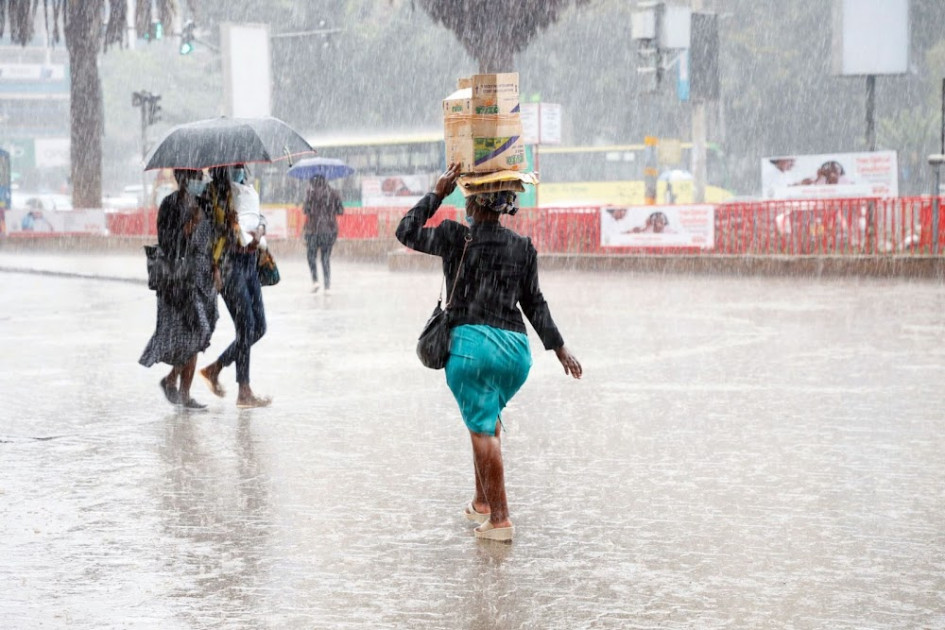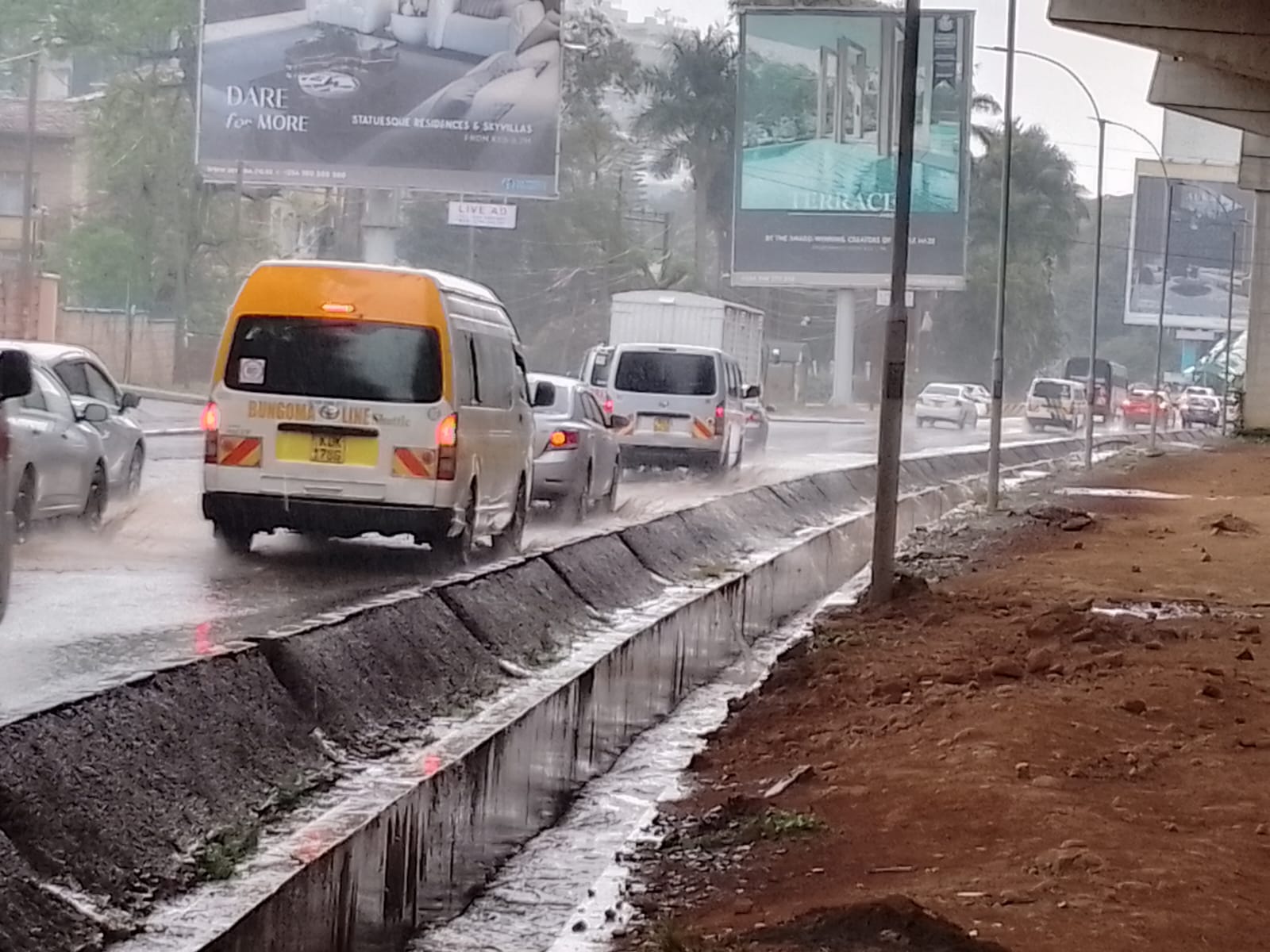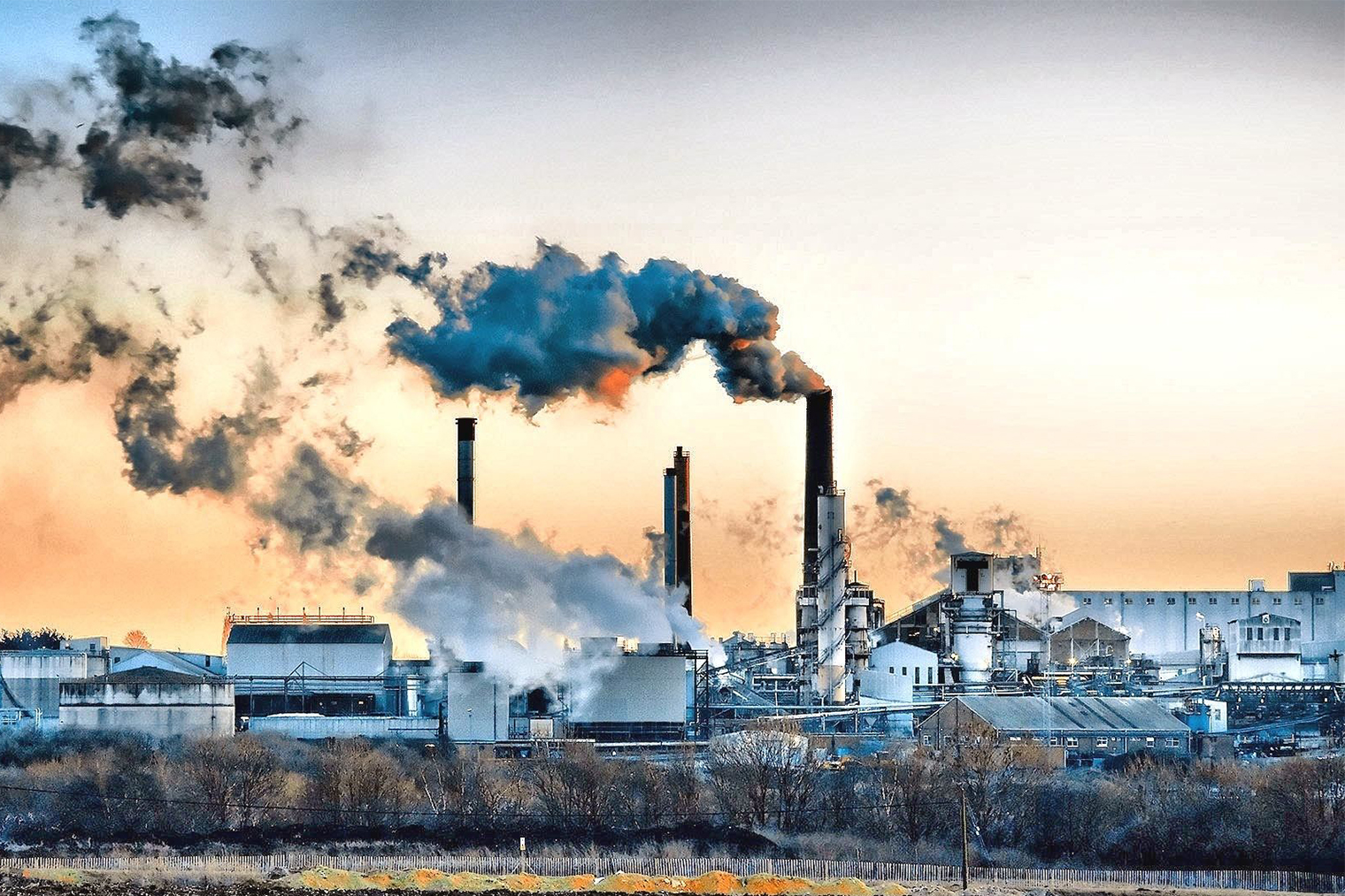- Kenya’s agricultural heartland, the lifeline for over 75% of its people, is showing signs of deep distress.
- An official warning from the Kenya Meteorological Department (KMD), recently amplified by Cabinet Secretary for Environment, Climate Change, and Forestry Dr. Deborah Barasa, has cast a harsh light on the future of food security in the nation.
Kenya’s agricultural heartland, the lifeline for over 75% of its people, is showing signs of deep distress.
An official warning from the Kenya Meteorological Department (KMD), recently amplified by Cabinet Secretary for Environment, Climate Change, and Forestry Dr. Deborah Barasa on August 17, 2025, has cast a harsh light on the future of food security in the nation.
The KMD's forecast paints a grim and varied picture across Kenya. According to the forecast heavy rainfall was predicted between August 17 to August 19, 2025 for the Rift Valley, Lake Victoria Basin, and parts of North-Western Kenya.
The Central Highlands, and parts of the South-eastern lowlands likely to experience temperatures going to as low as 7°C. These cold snaps pose a serious risk to vulnerable crops and livestock.
In additional, strong winds exceeding 25 knots are expected to strike coastal and north-eastern regions, threatening further damage to agricultural lands and livelihoods. While some rainfall may benefit ongoing tree planting initiatives, the broader agricultural implications are serious.
Read More
According to the SMACHS Foundation, Kenya’s reliance on its agricultural sector makes it vulnerable to these climate shocks. The erratic rainfall, prolonged droughts, and frequent floods that have already become commonplace are eroding crop yields and destabilizing food prices.
If decisive action isn't taken immediately, the consequences could be dire:
Malnutrition will likely surge, particularly among children and low-income households, livestock health will deteriorate due to water scarcity and loss of pasture and economic strain within rural communities that depend on subsistence farming for survival.
In response, CS Barasa has championed a shift toward science-driven forestry and climate-smart agriculture. Her ministry is fast-tracking several key projects that are integral to Kenya’s goal of planting 15 billion trees by 2032 and align with the broader objectives of the National Climate Change Action Plan (NCCAP 2023–2027).
However, the heavy rainfall will ease from August 20th, so citizens are advised to avoid walking or driving and sheltering under trees as a precaution.







